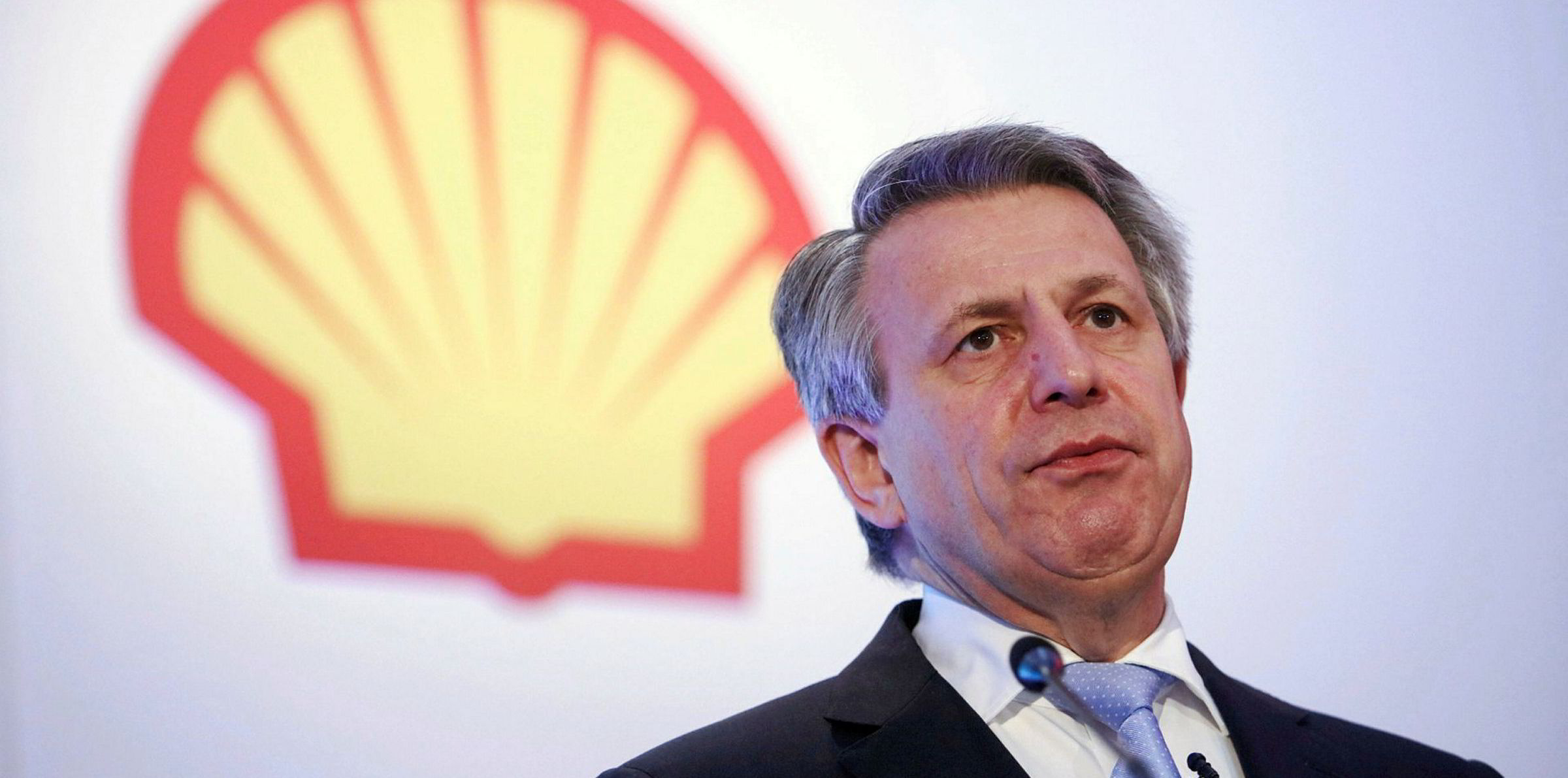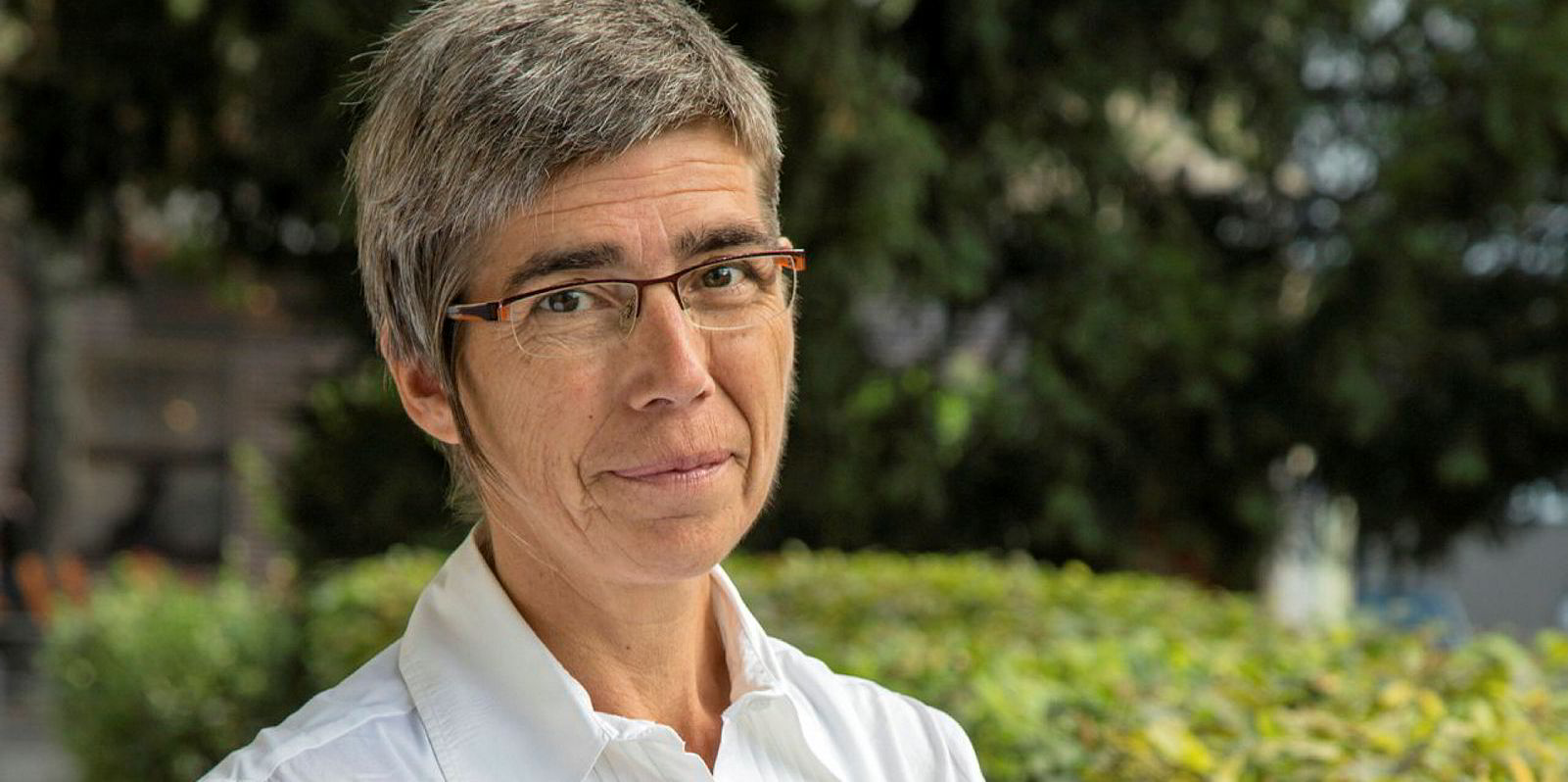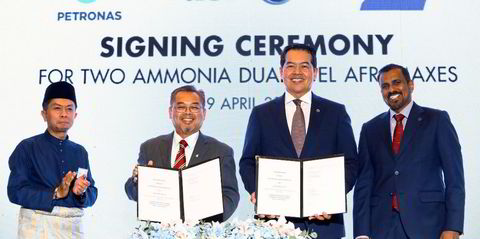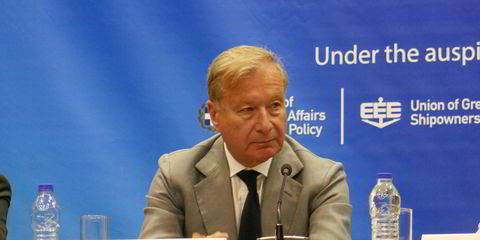International Maritime Organization delegates are leaning towards mandating an operational efficiency index for ships — as just one part of a multi-layered approach to dramatically reduce the industry’s carbon emissions.
The efforts to agree carbon reduction measures have officially started up again after a virtual meeting was set up this week to go over a number of proposals to achieve a 40% reduction in shipping’s carbon intensity by 2030 compared with 2008 levels.
The meeting was intended to kick-start carbon emission reduction talks again after they were stalled in early spring by the coronavirus pandemic.
But progress on carbon reduction needs to gather momentum again if the IMO is to achieve its aim of getting measures in place by 2023.
A proposal from Japan, in which each ship is allocated an energy efficiency index rating, known as EEXI, has the most widespread support.
Greece, the world’s largest shipowning nation, and Panama, the world’s largest flag state, are among those backing Japan's scheme, as are leading shipowners' associations the International Chamber of Shipping (ICS) and Bimco.
Japan's idea is that ships should be required to demonstrate a specified minimum efficiency standard at annual survey to be awarded an EEXI certificate.
Vessels with efficiency standards below the required level will have a restriction placed on their engine power that can only be overridden in an emergency.
However, powerful northern European countries also want to see some measure of actual in-service emissions performance, through a carbon intensity index (CII), added to the EEXI scheme.
Actual emissions
The CII would assess a vessel's actual carbon emissions, per tonne mile of cargo carried, against the level required to attain the IMO targets.
Failure to perform at the regulatory requirement would result in a ship falling out of compliance with international conventions and, in effect, it would no longer be allowed to trade.
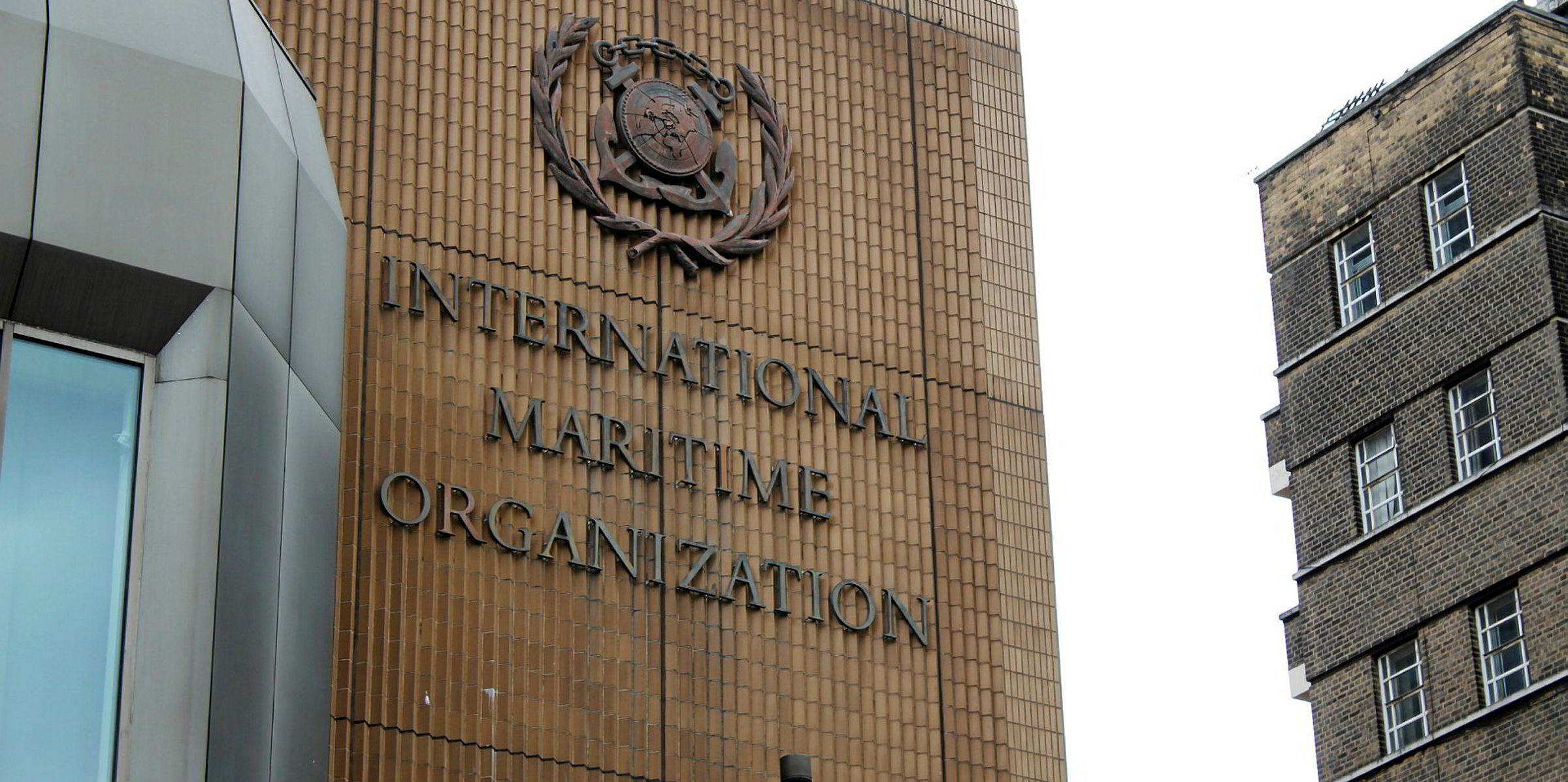
The view from delegates within the IMO is that no progress will be made on carbon reduction measures unless concessions are made to the European position.
However, shipowners, and many flag states, are not comfortable with the potential punishment of a trade ban. A ship’s efficiency may be affected by factors outside its control, such as sea conditions.
Regional differences
Ships operating in the harsh trading environment of the North Atlantic, for example, will consume considerably more fuel than those operating in calmer seas.
The shipping industry position is that the punitive aspect of Europe’s proposal needs to be toned down.
ICS deputy secretary general Simon Bennett told TradeWinds: “ICS is supporting a compromise proposal which accepts the development of CIIs but proposes some form of ‘phased implementation’ for three years, given that the impact of the CIIs adopted will be unknown, as will be the possibilities for creating market distortion due to the inability of ships to control external factors such as weather.”
Rather than having a punitive mechanism, Brazil and China have proposed an incentive scheme, under which ships are rated between A and E depending on their emissions performance.
Ships would be incentivised to improve their emissions’ performance because it would offer them a commercial advantage in the trading market.
The third element to the package of measures is likely to be the adoption of an enhanced ship energy efficiency management plan (SEEMP).
This proposal was originally tabled by the ICS. The SEEMP would provide a platform for shipowners to demonstrate the operational measures they are taking to optimise the energy efficiency of the ship. This might include just-in-time port calls or weather routing, which can contribute to lower carbon emissions.
An attempt to knit these three main ideas together into a comprehensive package of measures will be made at an upcoming Intersessional Working Group on the Reduction of Green House Gas Emissions from Ships.
MEPC efforts
In the autumn, a Marine Environment Protection Committee (MEPC) will then attempt to mandate the measures before the year's end so that they can be applied from 2023.
However, whether the decisive MEPC meeting can be held will still depend on the impact the coronavirus is having on international travel and meetings.
Three main proposals are likely to be involved in a final package to reduce shipping’s carbon intensity by 40% by 2030.
- An energy efficiency index for existing ships, known as EEXI, will set minimum efficiency standards for ships. Ships will have their efficiency rated at annual survey and those which do not reach the required level could have engine power restricted unless alternative efficiency methods are proposed.
- Ships emissions performance against cargo carried will be calculated through a Carbon Intensity Indicator or Annual Efficiency Ratio at the end of each trading year. Ship’s failing to meet the required level could have certification withdrawn.
- Ships will be required to develop an enhanced Ship Energy Efficiency Management Plan that includes operational measures to reduce carbon emissions.
The IMO will likely have to approve the plan by the year’s end to enforce the measures by 2023.

